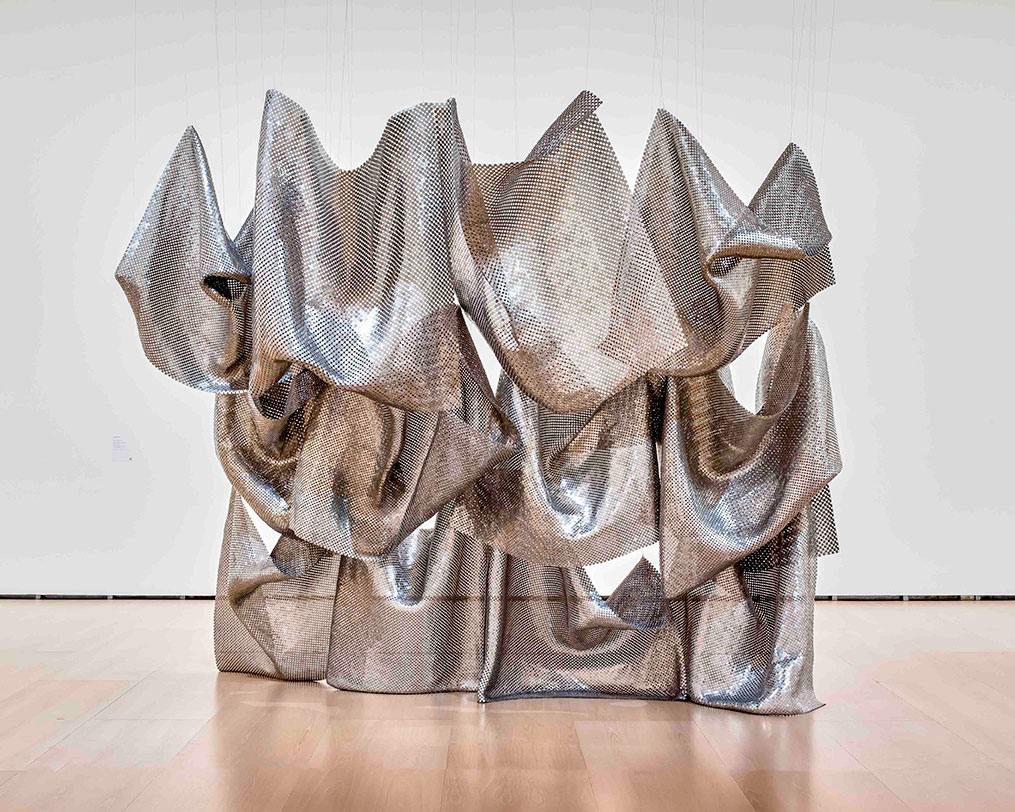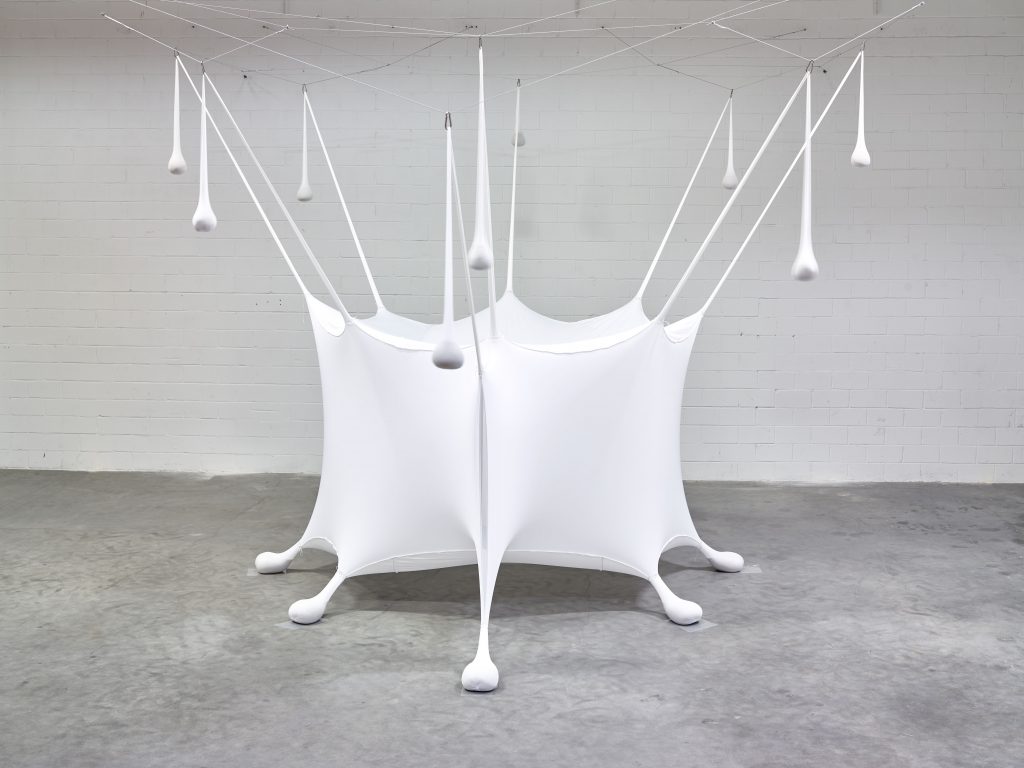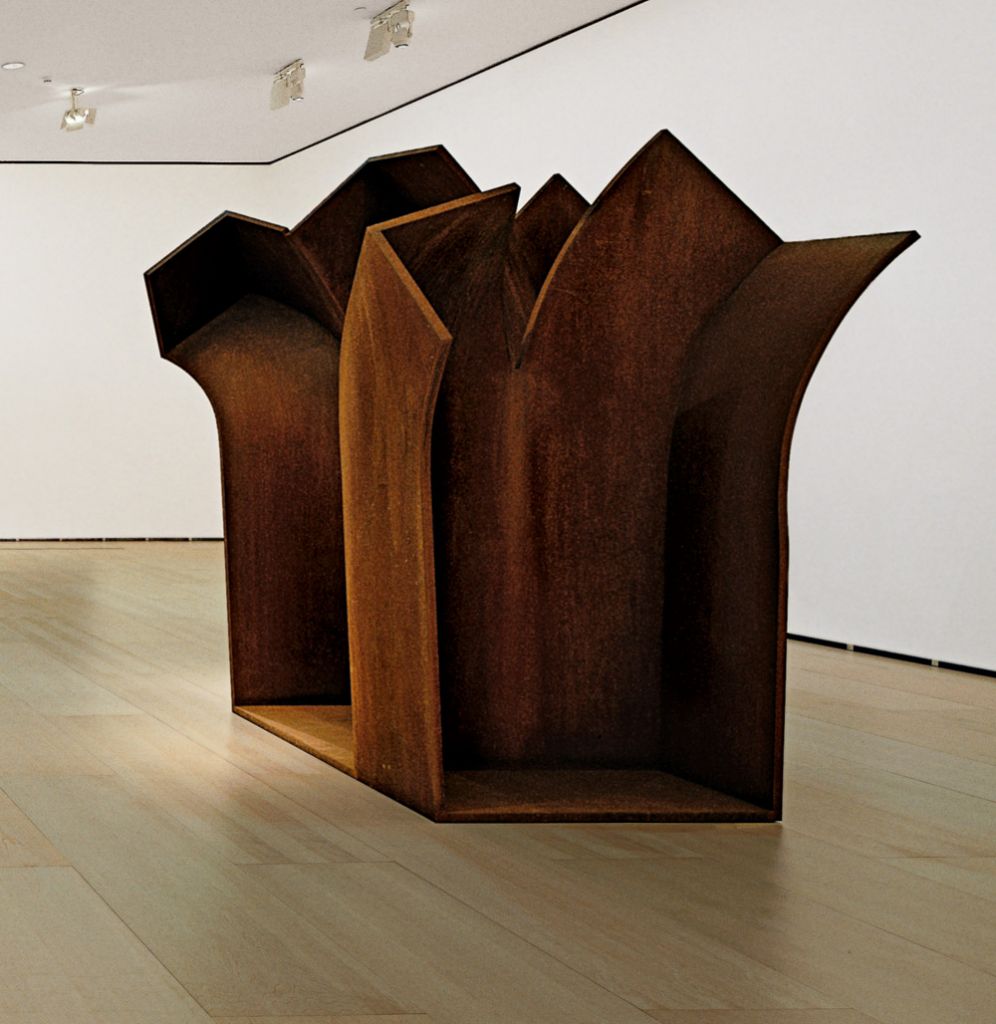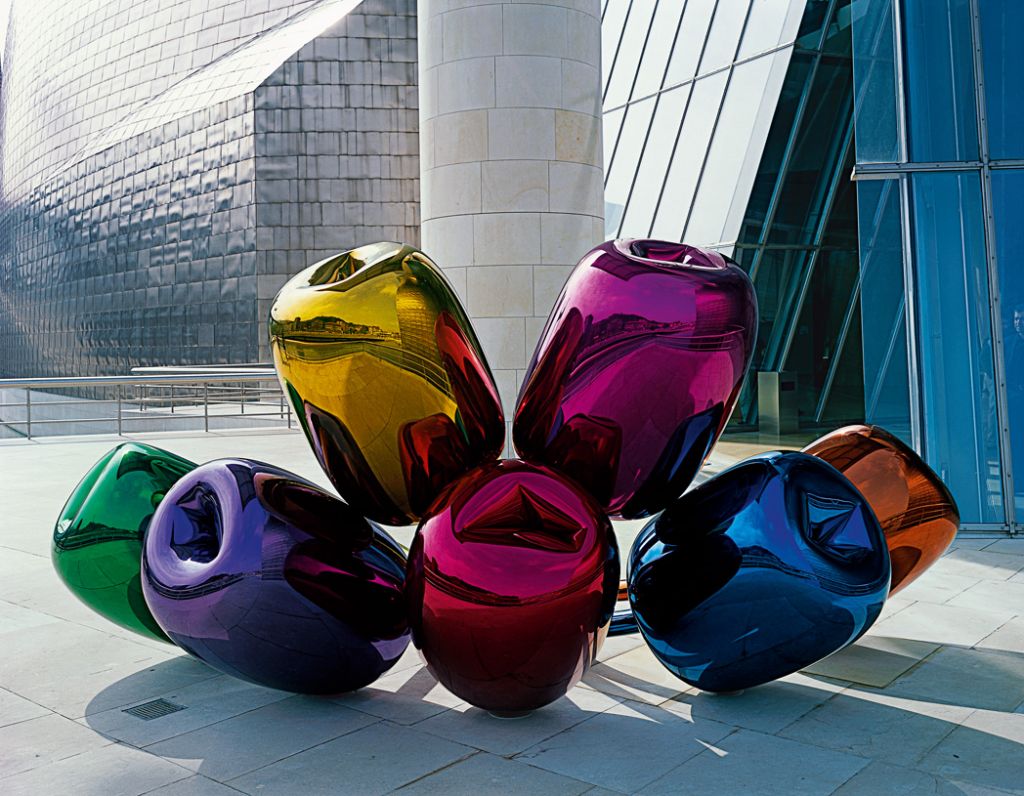Untitled
1988Steel panels with coal and burlap sacks250 x 180.5 x 30 cm
Though born and raised in Greece, Jannis Kounellis reached artistic maturity in Italy. He immersed himself in his adopted homeland's rich aesthetic history, and came to trust that art's importance lies in its reflection of the complex web of beliefs and values at the heart of cultural development. Throughout history, Kounellis concluded, art had evolved in response to and in expression of fundamental theological, intellectual, and political thought patterns. But he determined that postwar European society lacked appropriate aesthetic forms through which to reflect the fragmentary nature of contemporary civilization. Conventional painting and sculpture, as products of cultural unity, were no longer germane to the erratic situation he perceived. In 1967 he began producing sculptures, installations, and theatrical performances that intentionally embraced the fragmentary and the ephemeral. At that time he was associated with a number of Italian artists who, for similar political and aesthetic reasons, were pursuing an analogous goal. Grouped together under the name Arte Povera by the critic and curator Germano Celant, their work incorporated organic and industrial materials resulting in poetic confrontations between nature, culture, and the fabricated environment. To this end, Kounellis has gone so far as to include live animals in his work in the attempt to formulate an entirely new paradigm through which to experience art. He has also blocked doorways and windows with accumulations of stones or wood fragments, and utilized fire in the form of butane torches and smoke residue to evoke both the alchemical, transformative potential of the flame and its destructive force.
Untitled was Kounellis's contribution to the 1988 Venice Biennale, where it was exhibited in a room by itself in the Italian pavilion. The piece comprises a row of identical metal plates—each roughly the size of a bed, evoking a corporeal presence [1]—mounted high on the wall. On each of these panels, six sacks of coal are held in place by the pressure of I-beams. In a combination that is typical of Kounellis's work, the modular repetition of the units and their hard industrial forms—redolent of American Minimalism—are counterposed with the irregular, lumpy sacks and the organic matter that they contain. Untitled reflects the artist's long-standing interest in coal, a residue of earthly energy intimately tied to fire and suggestive of the potential for transformation and change. Kounellis has also spoken of this piece in terms of the tradition of ecclesiastical art and architecture: he has suggested that the position of the panels on the wall is tied to the height at which 14th-century Italian paintings were hung, and has related the installation in passing to the clerestory of a Gothic church. [2]
1. Kounellis described the size of the plates as roughly that of a double bed, "so all the material you put on that surface is automatically compared to a certain format: that of man." Jannis Kounellis, interview with Wim Beeren, in Jannis Kounellis, exh. cat. (Amsterdam: Stedelijk Museum, 1991), p. 85.
2. Ibid.; Stephen Bann, Jannis Kounellis (London: Reaktion Books, 2003), p. 85.
Source(s):
Nancy Spector. "Janis Kounellis." In Spector, ed. Guggenheim Museum Collection: A to Z. 2nd rev. ed. New York: Guggenheim Museum, 2001.
Germano Celant. "Janis Kounellis." In Guggenheim Museum Bilbao Collection. Bilbao: Guggenheim Museum Bilbao; Madrid: TF Editores, 2009.
Original title
Untitled
Date
1988
Medium/Materials
Steel panels with coal and burlap sacks
Dimensions
250 x 180.5 x 30 cm
Credit line
Guggenheim Bilbao Museoa






